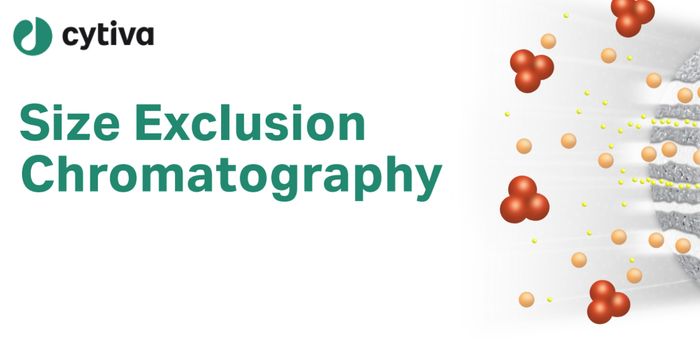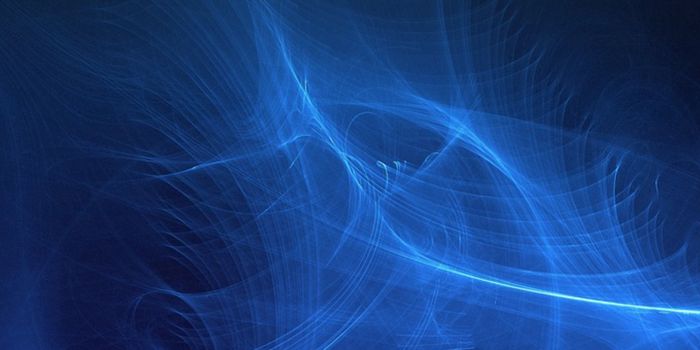Taking Inventory of Nordic Biodiversity
Scientists in Norway are aiming to sequence and "DNA barcode" 20,000 species to contribute to a global database of 500,000 different organisms. "DNA barcoding" is a process whereby scientists sequence a species, then assign a barcode line to each gene. The full barcode pattern of an organism's genome corresponds to the genes in that individual and is unique. These barcodes are compiled into one database that scientists can easily refer back to during future projects.
|
|
|
Photo from NorBOL instagram (@norwbol) of research with a Cancer pagurus and sport the projects #mydnabarcode scarf. |
Four museums and universities in Norway each have dozens of research projects that contribute data to the DNA barcode database, in a uniting project called the "Norwegian Barcode of Life" (NorBOL). One project at Tromsø University Museum is barcoding 2,000 species of terrestrial vascular plants and 800 species of fungi in Norway. The depth of this project will result in a complete compilation of the chloroplast genome and ribosomal DNA. The chloroplast genome is similar to the mitochondrial relationship in animal cells; it has a separate genome and was likely the result of endosymbiosis. A reference library of chloroplast genes would be useful to future research projects and monitoring the evolution of plants.
All research collected in the NorBOL project is part of a larger global project called the "International Barcode of Life" (iBOL). Over the next six years, the iBOL consortium will embark on the "Bioscan" project. By collecting genome data from 2,500 different places on Earth, including half of all ecoregions, Bioscan will expand the genome reference database to 2.5 million species. The project will use genomic data to compare symbiotic relationships, like the relationship between plants and chloroplasts. Scientists are also excited to explore the symbiotic relationship between eukaryotes and mitochondria. With the massive amount of mitochondrial DNA available when the project ends in 2025, scientists will have more insight into the evolution of the Eukaryotic/Mitochondrial symbiotic relationship. In 2026 iBOL will begin the final phase of the project which will establish a reference library of DNA from all known species, and a biosurveillance program to monitor changes in ecosystems.
Sources: The Scientist, NorBOL, iBOL








